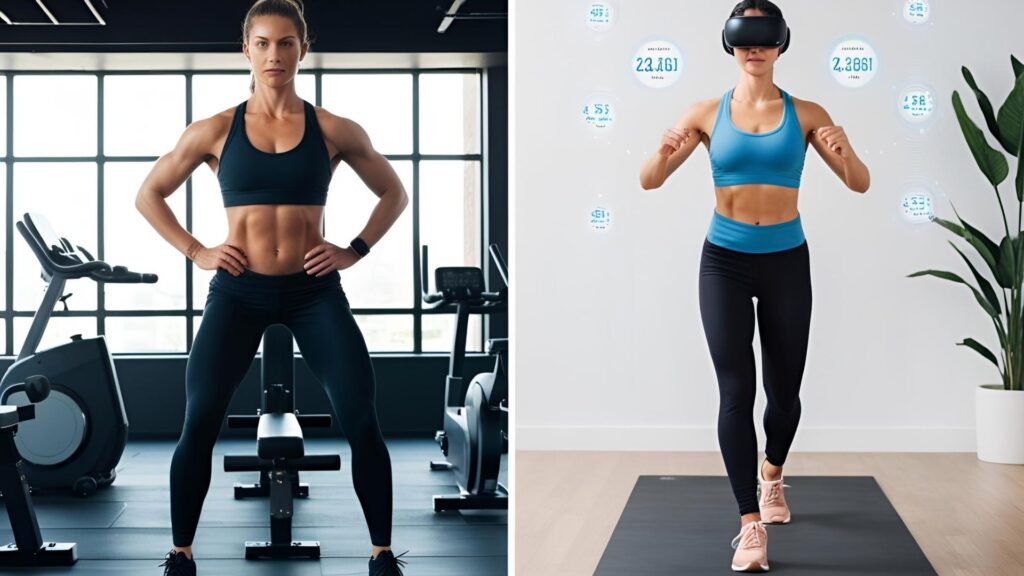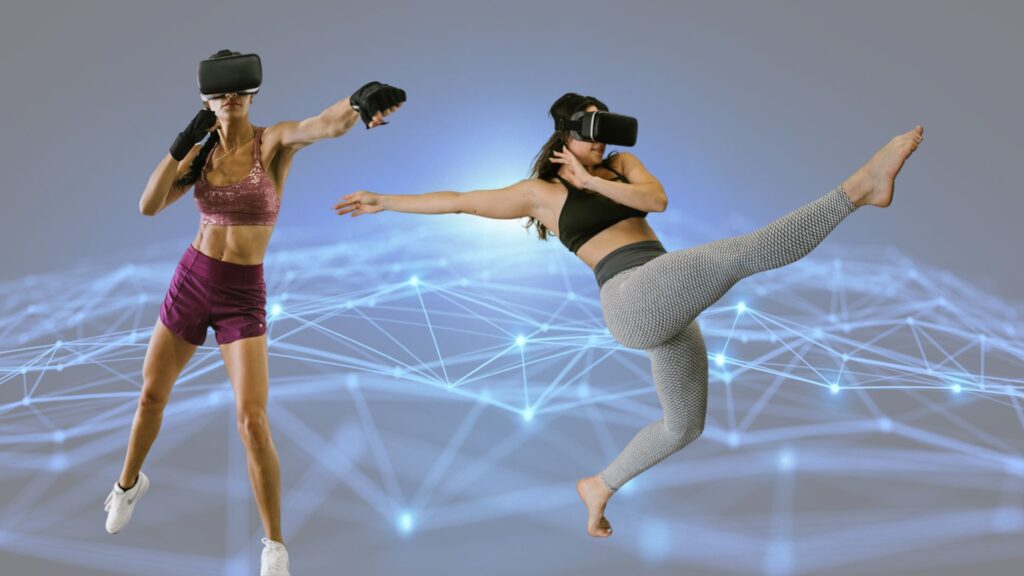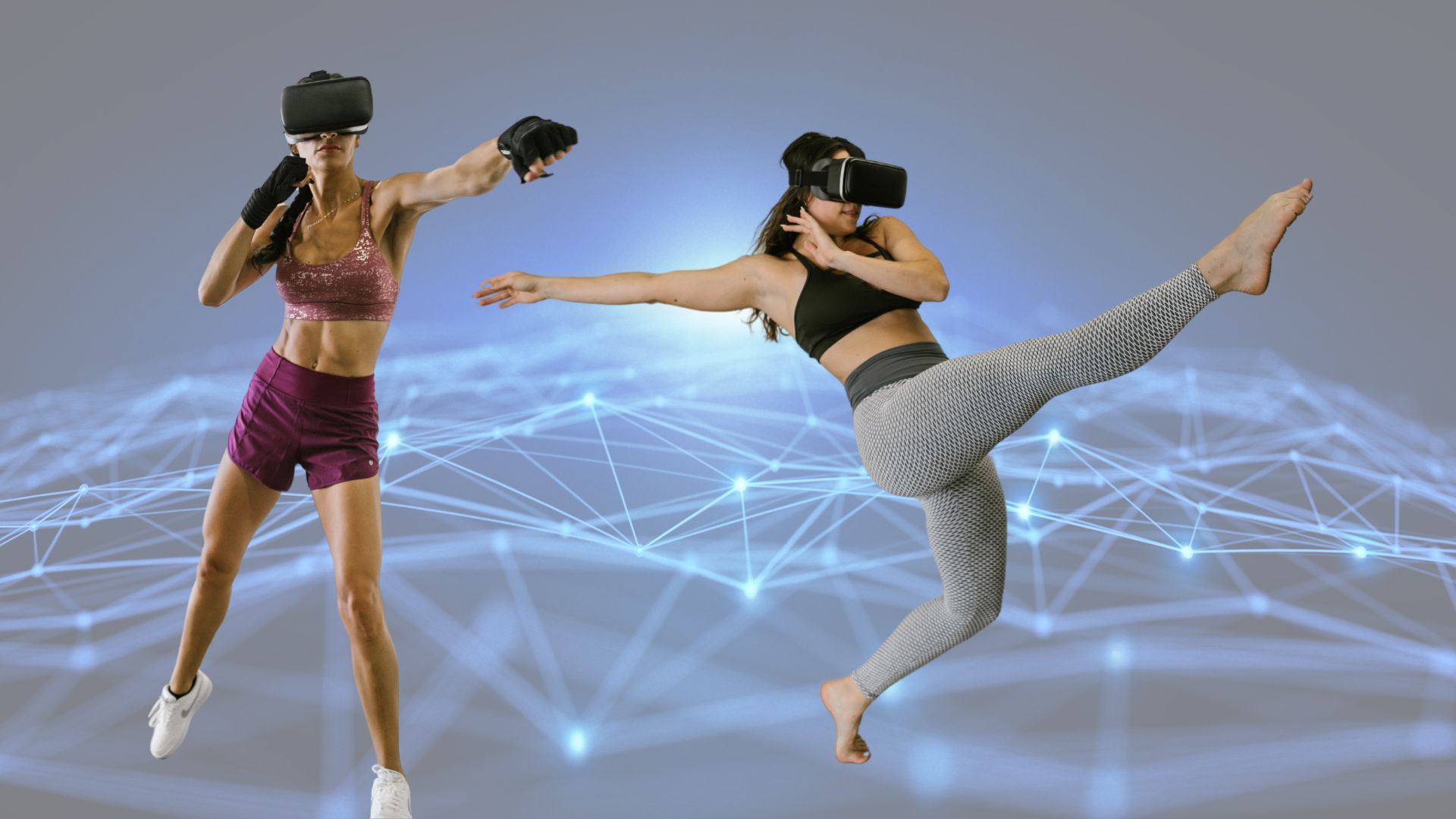The integration of virtual reality (VR), augmented reality (AR), and artificial intelligence (AI) into the fitness industry is rapidly reshaping how people around the world approach exercise. As we enter a more digitized era, traditional gyms are being complemented—and in some cases replaced—by immersive workout experiences that take place entirely within the metaverse. With the rise of fitness in the metaverse, the boundaries between physical activity and virtual interaction are blurring, ushering in a new era of health and wellness.
What Is the Metaverse and How Does It Relate to Fitness?
The term “metaverse” refers to a collective virtual shared space, created by the convergence of physical and digital realities. This immersive environment is powered by VR, AR, blockchain technologies, and the internet. Within this digital universe, users can socialize, work, play, and even exercise using avatars or real-time motion tracking.
Virtual Workouts Defined
Virtual workouts in the metaverse are exercise sessions that take place within immersive digital platforms. Users can engage in activities like yoga, boxing, dancing, cycling, or strength training through VR headsets and smart wearables that track physical movement and provide feedback in real time.
Benefits of Metaverse Fitness
- Accessibility: Anyone with a device and internet connection can participate, removing location-based barriers.
- Gamification: Integrating game elements makes exercise fun and engaging.
- Social Interaction: Users can join group classes, compete in challenges, or work out with friends across the globe.
- Real-Time Feedback: Smart systems can monitor form, track heart rate, and provide instant corrections.
The Shift in Exercise Habits
The concept of working out in a virtual environment may have seemed futuristic a decade ago, but it is now an emerging norm. Studies show a significant increase in the use of fitness apps and virtual reality platforms, particularly after the global pandemic forced many to abandon gyms temporarily.
New Motivation Models
Metaverse workouts employ personalized avatars, virtual rewards, and interactive landscapes to keep users motivated. Instead of running on a treadmill while watching a wall, users can jog through an enchanted forest or across the surface of Mars. This sensory stimulation enhances mental engagement and reduces exercise fatigue.
Data-Driven Fitness
Advanced AI systems within metaverse platforms analyze user performance metrics such as movement accuracy, heart rate, calories burned, and overall progress. This data-driven approach enables users to optimize their routines, similar to how elite athletes use biometric data.
Table: Traditional Fitness vs. Metaverse Fitness
| Feature | Traditional Fitness | Metaverse Fitness |
|---|---|---|
| Location Dependency | Gym or outdoor locations | Anywhere with internet access |
| Equipment Required | Physical machines and weights | VR headset, motion sensors |
| Personal Trainer | In-person or app-based | AI-driven or avatar-based coach |
| Motivation Style | Internal or coach-led | Gamification, virtual rewards |
| Community Engagement | Limited to local interaction | Global real-time social workouts |


Technological Tools Powering Virtual Workouts
Several technologies enable metaverse-based fitness to function smoothly and provide meaningful results.
Virtual Reality and Augmented Reality
VR and AR create immersive environments that simulate real-world experiences. Whether through a 360-degree boxing ring or a peaceful nature trail, users are fully engaged with their surroundings.
AI and Machine Learning
AI provides personalized coaching based on individual goals and performance. Machine learning improves the accuracy of real-time motion tracking and adapts feedback based on user behavior.
Blockchain and NFTs
Blockchain can record fitness achievements and credentials. NFTs (Non-Fungible Tokens) are sometimes used to reward milestones, acting as badges of accomplishment.

The Social and Psychological Impact
Virtual workouts in the metaverse go beyond physical fitness. They also influence mental health, social behavior, and even professional identity.
A More Inclusive Fitness Environment
People who feel uncomfortable in traditional gyms due to body image, anxiety, or accessibility limitations can feel more confident working out through avatars in a private digital space.
Community Building
With the ability to work out with people from different parts of the world, users create connections that are both motivating and enriching. This global interaction can foster a strong sense of belonging.
Mental Health Benefits
Regular physical activity is known to boost mood and reduce anxiety. The immersive and gamified nature of metaverse workouts adds an extra layer of enjoyment, increasing adherence and consistency.
Philosophical Insight: Plato and the World of Forms
The Greek philosopher Plato suggested that the physical world is merely a shadow of the true reality, which he called the “World of Forms.” In a sense, metaverse fitness aligns with this idea. Users engage in digital versions of exercises that reflect real-world movements, yet these virtual forms can be optimized, idealized, and infinitely personalized.
This philosophical perspective may offer a new appreciation for how we perceive effort, achievement, and reality in digital wellness spaces.
Challenges and Considerations
While the benefits of fitness in the metaverse are compelling, there are limitations and concerns to address.
Screen Fatigue and Overstimulation
Extended time in virtual environments may lead to eye strain, motion sickness, or digital fatigue.
Technology Access and Cost
Not everyone has access to high-quality VR headsets, reliable internet, or smart fitness devices.
Data Privacy
The collection of biometric and behavioral data raises ethical questions about data storage, usage, and user consent.
The Future of Fitness
As metaverse technology continues to evolve, so will the ways in which we stay fit. Hybrid models that combine real-world and virtual workouts are likely to become more common, offering a flexible and holistic approach to wellness.
Investments in virtual wellness platforms are growing, with major tech companies developing integrated ecosystems that span fitness, meditation, therapy, and nutrition—all in a shared virtual space.
The long-term impact of metaverse workouts on global health remains to be seen, but early indicators suggest that it holds promise in making fitness more engaging, inclusive, and data-informed.
Conclusion
The rise of virtual workouts within the metaverse signals a transformative shift in how we approach physical fitness. By merging advanced technologies with human motivation, users can experience a level of personalization, accessibility, and enjoyment that traditional gyms often lack. While there are challenges to overcome, the opportunities are immense. For many, fitness in the metaverse might not just be a trend—it could become a lifestyle.

